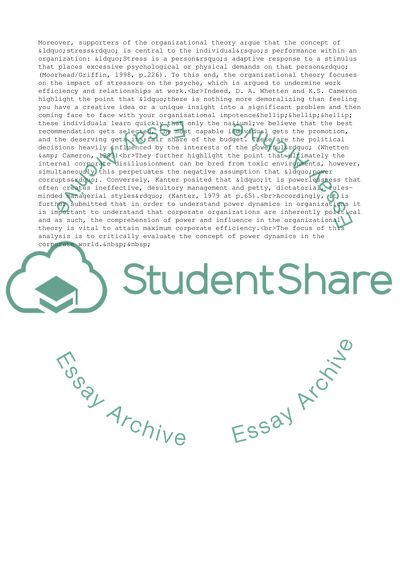Cite this document
(The Essence of Organisational Theory Research Paper, n.d.)
The Essence of Organisational Theory Research Paper. Retrieved from https://studentshare.org/management/1723558-power-and-influence
The Essence of Organisational Theory Research Paper. Retrieved from https://studentshare.org/management/1723558-power-and-influence
(The Essence of Organisational Theory Research Paper)
The Essence of Organisational Theory Research Paper. https://studentshare.org/management/1723558-power-and-influence.
The Essence of Organisational Theory Research Paper. https://studentshare.org/management/1723558-power-and-influence.
“The Essence of Organisational Theory Research Paper”, n.d. https://studentshare.org/management/1723558-power-and-influence.


